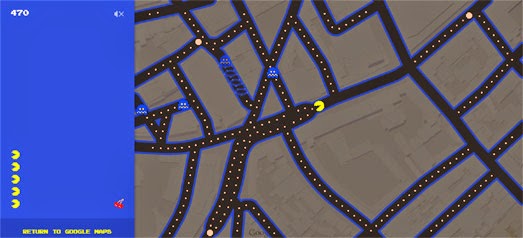Сообщения
Сообщения за 2015
The Top 10 Posts of 2015
- Получить ссылку
- X
- Электронная почта
- Другие приложения
Animated Cycle Accident Heat Maps
- Получить ссылку
- X
- Электронная почта
- Другие приложения
Mapping the Rise of the Ku Klux Klan
- Получить ссылку
- X
- Электронная почта
- Другие приложения
Out of the Ice Age
- Получить ссылку
- X
- Электронная почта
- Другие приложения
Vintage Map Styles - Remix Edition
- Получить ссылку
- X
- Электронная почта
- Другие приложения
Street View Quest
- Получить ссылку
- X
- Электронная почта
- Другие приложения
Flooding & Fracking
- Получить ссылку
- X
- Электронная почта
- Другие приложения
The Food Map of Finland
- Получить ссылку
- X
- Электронная почта
- Другие приложения
Scratch & Sniff Vintage Maps
- Получить ссылку
- X
- Электронная почта
- Другие приложения
The Realtime Gondola Map
- Получить ссылку
- X
- Электронная почта
- Другие приложения
The Japanese American Internment Map
- Получить ссылку
- X
- Электронная почта
- Другие приложения
The UK Building Age Map
- Получить ссылку
- X
- Электронная почта
- Другие приложения
The Spanish Election Map
- Получить ссылку
- X
- Электронная почта
- Другие приложения
An Oblique View of Colorado
- Получить ссылку
- X
- Электронная почта
- Другие приложения
The Video Map Background
- Получить ссылку
- X
- Электронная почта
- Другие приложения
The History Maps of the Week
- Получить ссылку
- X
- Электронная почта
- Другие приложения
3D Maps of Saturn's Moons
- Получить ссылку
- X
- Электронная почта
- Другие приложения
Google Ship View
- Получить ссылку
- X
- Электронная почта
- Другие приложения
The 100 Best Maps of the Year
- Получить ссылку
- X
- Электронная почта
- Другие приложения
Historical Global Polluters
- Получить ссылку
- X
- Электронная почта
- Другие приложения
Animated Optimal Road Trips
- Получить ссылку
- X
- Электронная почта
- Другие приложения
Mapping 2000 Years of Population Change
- Получить ссылку
- X
- Электронная почта
- Другие приложения
The Atlas of American History
- Получить ссылку
- X
- Электронная почта
- Другие приложения
Star Wars Street View - Part Two
- Получить ссылку
- X
- Электронная почта
- Другие приложения
Esri Has Joined the Dark Side
- Получить ссылку
- X
- Электронная почта
- Другие приложения
The NRA Funding Map
- Получить ссылку
- X
- Электронная почта
- Другие приложения
The Siege of Sarajevo
- Получить ссылку
- X
- Электронная почта
- Другие приложения
Vintage Map Styles.
- Получить ссылку
- X
- Электронная почта
- Другие приложения
The Gangs of New York Map
- Получить ссылку
- X
- Электронная почта
- Другие приложения
The Smelly Map of London
- Получить ссылку
- X
- Электронная почта
- Другие приложения
The History Map
- Получить ссылку
- X
- Электронная почта
- Другие приложения
Maps of the Week
- Получить ссылку
- X
- Электронная почта
- Другие приложения






























